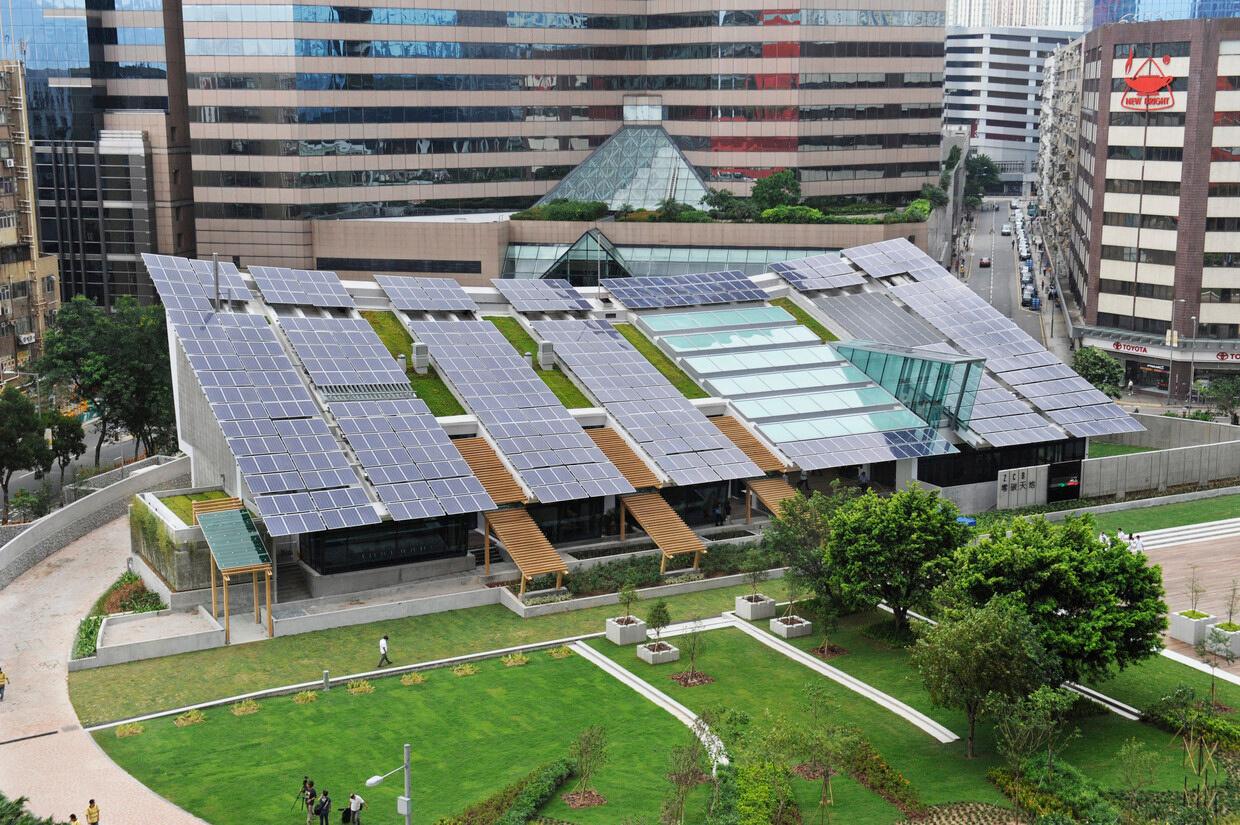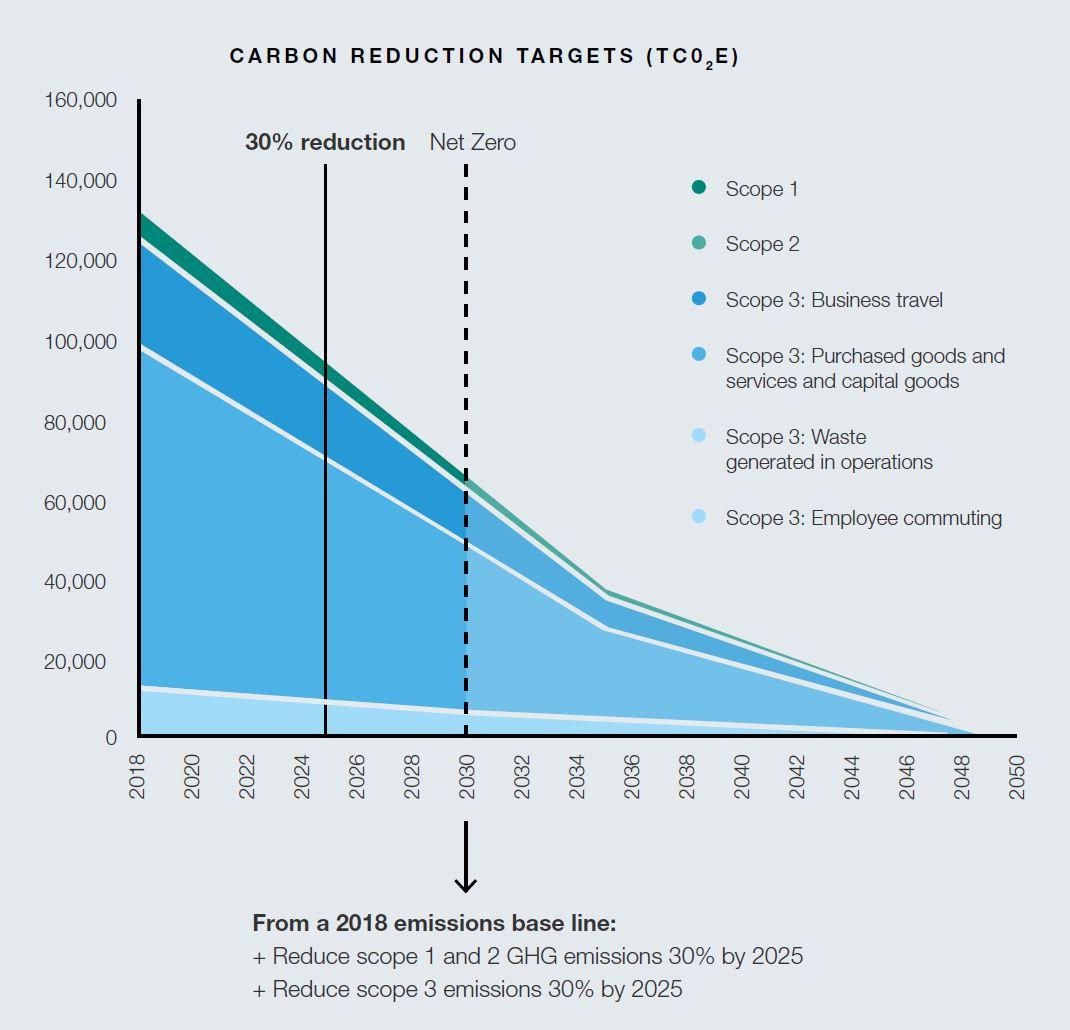
4 minute read
NEXT WAVE OF DECARBONISATION INVESTMENTS IN EAST ASIA
By Dr Vincent Cheng, Arup Fellow and Director of Sustainability in East Asia
1.Global trend of decarbonisation
Advertisement
Through the Intended Nationally Determined Contributions (INDC) under the UNFCCC’s Paris Agreement, many countries have made commitments on emission reduction and taken the necessary actions to address climate change. Last year, across East Asia, China, Hong Kong, South Korea, Taiwan, Japan declared their intention to be carbon neutral by 2050 / 2060. Policies on fuel mix transition, energy efficiency and renewable energy are being devised to support the decarbonisation process nationally.
To fulfil the ambitious carbon neutral commitments, countries are in the process of formulating policies at dddddd national level to change the behaviours of industry, business and individuals to reduce carbon emission. China has a national carbon trading scheme with US$32.5 million worth of carbon dioxide quotas, the largest carbon market in the world by volume[1]. In Hong Kong, the focus on green finance this year has created strong financial incentives. The HKSAR Government is issuing US$2.5 billion of green bond proceeds to fund projects that will improve the environment and facilitate the transition to a low carbon economy[2].
2. Decarbonising industry and business
A growing number of companies have pledged, or are about to pledge, to set emissions reduction targets that align with limiting global temperature rise of 1.5°C above pre-industrial levels and reaching net-zero carbon dioxide emissions by 2050. To facilitate companies with their decarbonisation journey, various international and local frameworks are available. The renowned science-based targets initiative for instance, provides companies with a clearly defined path to reduce emissions in line with the Paris Agreement goals.
As a leader in the built environment, Arup has committed to achieving net zero emissions across its entire operations by 2030, covering everything from the energy used in offices to goods and services purchased. To achieve this the firm has set a target to reduce its scope 1, 2 and 3 global greenhouse gas (GHG) emissions by 30 per cent within the next five years from a 2018 baseline.
While there are many ways companies can decarbonise, one of the most important steps in the journey is defining meaningful and clear reduction targets and emission boundaries. Capturing this in a long-term strategy and publicly sharing this will not only help the company to show accountability and celebrate success, moreover, it can inspire other companies to follow suit and help combatting climate change.
We have been working with organisations including the Ellen MacArthur Foundation and the C40 Cities Climate Leadership Group to accelerate new approaches and business models to help the world decarbonise and address the climate emergency. We advise organisations to establish existing exposure to climate change risk and the wider opportunities of embedding a tailored ESG strategy[4]. We are also using digital techniques to achieve a step change from building design, construction and operation[5].
In Hong Kong, we recently collaborated with Civic Exchange and Hong Kong Green Finance Association to publish the ‘Decarbonising Hong Kong Buildings: Policy Recommendations and Next Steps’ report , calling for a comprehensive policy environment through improving regulatory tools, incentivising the market, influencing behavioural change, building capacity through public sector procurement and a dedicated cross-agency body coordinating all building related incentives and regulations.

3. Decarbonisation makes business sense
Decarbonisation was once seen by corporate management as a costly business. In the past, companies were reluctant to invest in sustainable development and ESG initiatives, given the perceived potential impact on a company’s financial performance. The results were limited efforts in decarbonisation.
The increased frequency and intensity of climate-related disasters around the world over the last few years have slowly shifted the old paradigm to a new one. In this new paradigm, the international movement and policy shift in carbon neutrality, as well as the financial society’s awareness to climate and transition risks would make business sense to firms to start their decarbonisation journey sooner than later, in all aspects from their products and asset, to services and operation. For example, automakers will need to phase out the production of gasoline-powered vehicles which will no longer be permitted in a major countries in just ten years’ time. Many manufacturers already transformed their business and invest in electric cars – it’s not just for maintaining their market share or financial performance, but survival of business.
Decarbonisation was once seen as a burden; but as the international movement is turning the tide to avoid climate catastrophe, carbon-related business opportunities are emerging, such as renewing old infrastructure. It can be seen as a huge business opportunity. For example, smart grid is known to introduce electricity flexibility and reduce carbon in demand side. In addition to reducing energy use, it can be seen as a movement to renew old electricity systems globally. It is broadly estimated by the Electric Power Research Institute that smart grid in US alone will require US$476 billion investment but react US$2 trillion benefits. All key energy market players have eyed this business opportunity. Helping the world to decarbonise is more an opportunity than a threat to them.
[1] https://www.reuters.com/business/chinas-national-emissions-tradingscheme-ets-2021-07-14/
[2] https://www.hkma.gov.hk/eng/news-and-media/pressreleases/2021/01/20210127-3/
[3] https://sciencebasedtargets.org/
[4] https://www.arup.com/expertise/services/advisory-services/sustainabledevelopment-advisory/carbon-management
[5] https://www.arup.com/expertise/services/digital/arup-neuron
[6] https://civic-exchange.org/wp-content/uploads/2020/12/GreenBuilding_PR_Eng-1208_final-3.pdf





